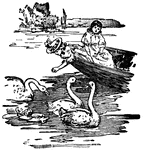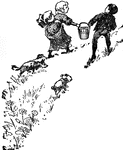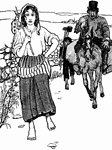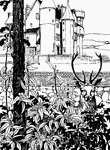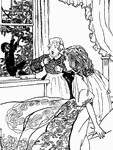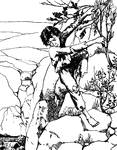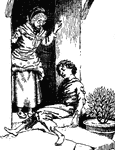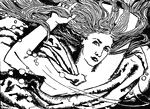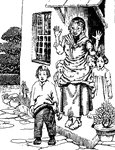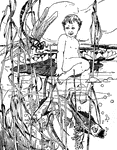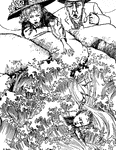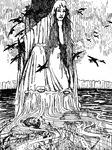
Water Rice
"Rice is a well known genus of grasses, having panicles of one-flowered spike-lets, with two very small…
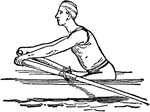
Positions in Rowing
"Rowing is the propulsion of a boat by oars. The oarsman sits with his face to the stern of the boat,…
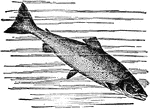
Salmon
"The Salmon is a well-known fish, inhabiting both salt and fresh waters, and ranking prominent among…
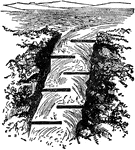
Salmon Ladder
"The Salmon is a well-known fish, inhabiting both salt and fresh waters, and ranking prominent among…

Hooded Seal
"The Seal, of the family Phocidæ, or seal tribe, are, of all four-limbed mammiferous animals,…

Shad
"Shad is the popular name of three anadromous fishes of the genus Clupea: (1) The allice or European…

Shoe-Billed Stork
The Shoe-Billed Stork is a bird related to the Storks that feeds on creatures that live in muddy water.

Hot Blast Smelting Furnace
"Smelting is the act or process of obtaining metal from ore by the combined action of heat, air, and…
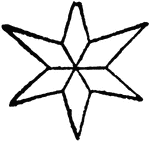
Snow Crystals
"Snow is water solidified in stellate crystals, variously modified, and floating in the atmosphere.…
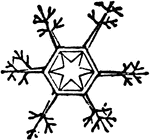
Snow Crystals
"Snow is water solidified in stellate crystals, variously modified, and floating in the atmosphere.…
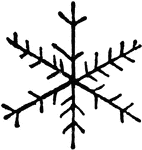
Snow Crystals
"Snow is water solidified in stellate crystals, variously modified, and floating in the atmosphere.…
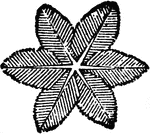
Snow Crystals
"Snow is water solidified in stellate crystals, variously modified, and floating in the atmosphere.…
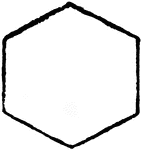
Snow Crystals
"Snow is water solidified in stellate crystals, variously modified, and floating in the atmosphere.…
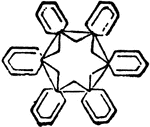
Snow Crystals
"Snow is water solidified in stellate crystals, variously modified, and floating in the atmosphere.…
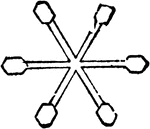
Snow Crystals
"Snow is water solidified in stellate crystals, variously modified, and floating in the atmosphere.…
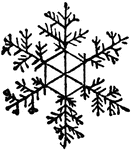
Snow Crystals
"Snow is water solidified in stellate crystals, variously modified, and floating in the atmosphere.…
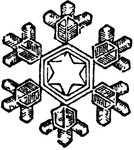
Snow Crystals
"Snow is water solidified in stellate crystals, variously modified, and floating in the atmosphere.…
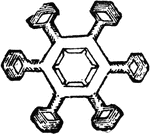
Snow Crystals
"Snow is water solidified in stellate crystals, variously modified, and floating in the atmosphere.…
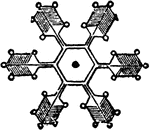
Snow Crystals
"Snow is water solidified in stellate crystals, variously modified, and floating in the atmosphere.…

Snow Crystals
"Snow is water solidified in stellate crystals, variously modified, and floating in the atmosphere.…

Snow Crystals
"Snow is water solidified in stellate crystals, variously modified, and floating in the atmosphere.…

Soapwort
"Soapwort (Saponaria), a genus of plants of the natural order Caryophyllaceæ; so called because…
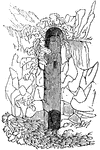
Emissarium
"An artificial channel formed to carry off any stagnany body of water, like the sluices in modern use.…
Submarine Boat
"A Submarine Boat is a boat capable of being propelled under the water. The first was probably that…
Tapeworm
"The Tapeworm is an intestinal worm, Tænia solium, in form somewhat resembling tape. Its length…
!["The Tapeworm is an intestinal worm, Tænia solium, in form somewhat resembling tape. Its length is from 5 to 15 yards, and its breadth from two lines at the narrowest part to four or five at the other or broader extremity. At the narrow end is the head, which is terminated anteriorly by a central rostellum, surrounded by a crown of small recurved hooks, and behind them four suctorial depressions; then follow an immense number of segments, each full of microscopic ova. The segments are capable of being detached when mature, and reproducing the parasite. There is no mouth; but nutrition appears to take place through the tissues of the animal, as algæ derive nourishment from the sea water in which they float. The digestive system consists of two tubes or lateral canals, extending from the anterior to the posterior end of the body, and a transverse canal at the summit of each joint. [Pictured] A single segment or proglottis magnified; 1, generating pore; 2, water vessels; 3, dendritic ovary."—(Charles Leonard-Stuart, 1911)](https://etc.usf.edu/clipart/16500/16595/tapeworm2_16595_mth.gif)
Tapeworm
"The Tapeworm is an intestinal worm, Tænia solium, in form somewhat resembling tape. Its length…
!["The Tapeworm is an intestinal worm, Tænia solium, in form somewhat resembling tape. Its length is from 5 to 15 yards, and its breadth from two lines at the narrowest part to four or five at the other or broader extremity. At the narrow end is the head, which is terminated anteriorly by a central rostellum, surrounded by a crown of small recurved hooks, and behind them four suctorial depressions; then follow an immense number of segments, each full of microscopic ova. The segments are capable of being detached when mature, and reproducing the parasite. There is no mouth; but nutrition appears to take place through the tissues of the animal, as algæ derive nourishment from the sea water in which they float. The digestive system consists of two tubes or lateral canals, extending from the anterior to the posterior end of the body, and a transverse canal at the summit of each joint. [Pictured] Head of tænia solium (enlarged)."—(Charles Leonard-Stuart, 1911)](https://etc.usf.edu/clipart/16500/16599/tapeworm3_16599_mth.gif)
Tapeworm
"The Tapeworm is an intestinal worm, Tænia solium, in form somewhat resembling tape. Its length…
!["The Tapeworm is an intestinal worm, Tænia solium, in form somewhat resembling tape. Its length is from 5 to 15 yards, and its breadth from two lines at the narrowest part to four or five at the other or broader extremity. At the narrow end is the head, which is terminated anteriorly by a central rostellum, surrounded by a crown of small recurved hooks, and behind them four suctorial depressions; then follow an immense number of segments, each full of microscopic ova. The segments are capable of being detached when mature, and reproducing the parasite. There is no mouth; but nutrition appears to take place through the tissues of the animal, as algæ derive nourishment from the sea water in which they float. The digestive system consists of two tubes or lateral canals, extending from the anterior to the posterior end of the body, and a transverse canal at the summit of each joint. [Pictured] A, ovum with contained embryo, B, Cystericus longicollis."—(Charles Leonard-Stuart, 1911)](https://etc.usf.edu/clipart/16600/16600/tapeworm4_16600_mth.gif)
Tapeworm
"The Tapeworm is an intestinal worm, Tænia solium, in form somewhat resembling tape. Its length…

Cyathus
"The crater was a vessel in which the wine, according to the custom of the ancients, who very…
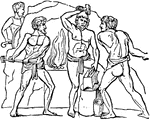
Malleus
"A hammer, a mallet. In the hands of the farmer the mallet of wood served to break down the clods and…
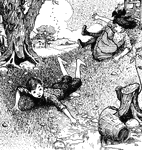
Jack and Jill
Jack and Jill went up the hill to fetch a pail of water; Jack fell down and broke his crown, and Jill…


